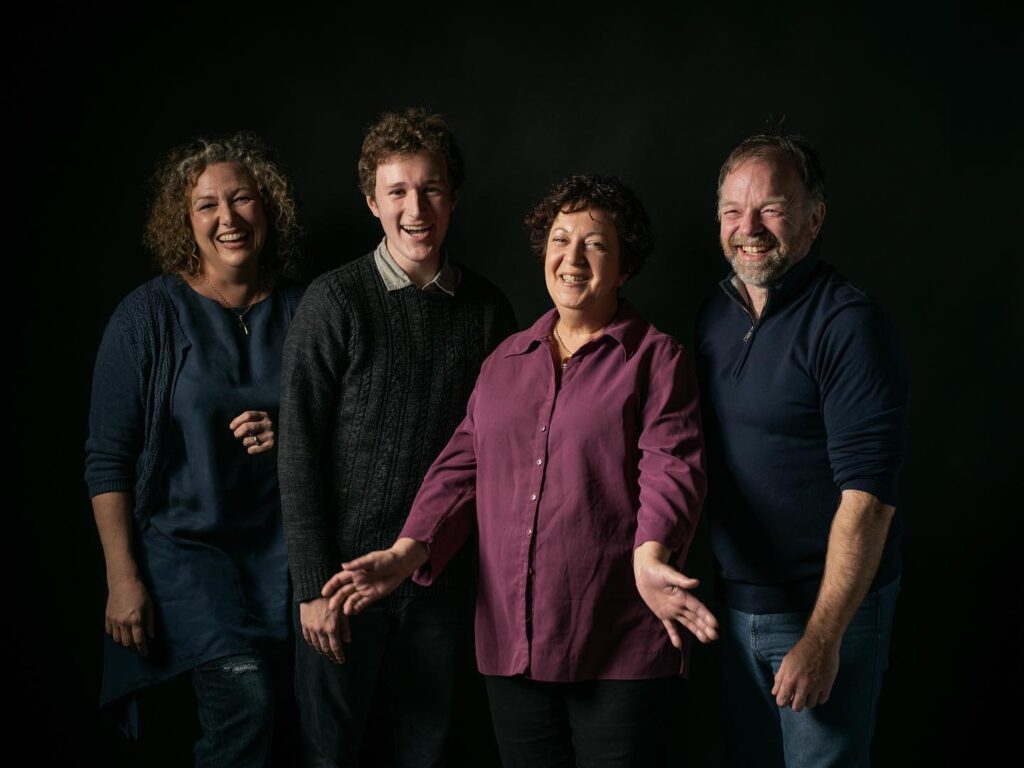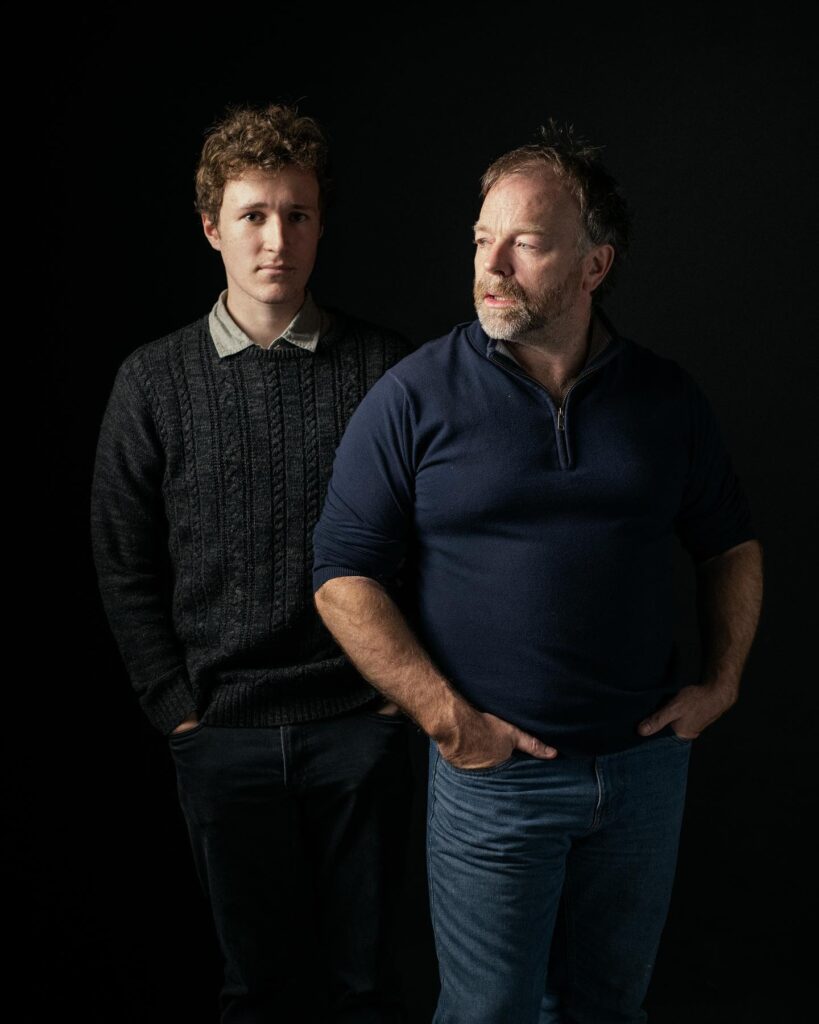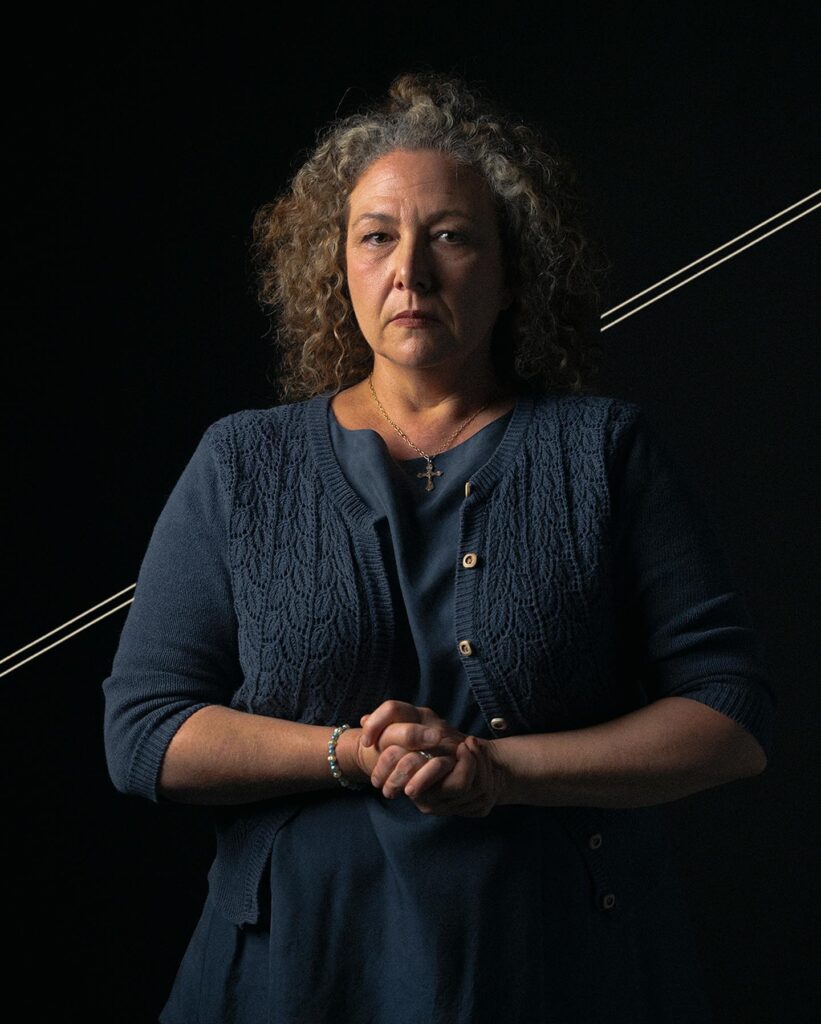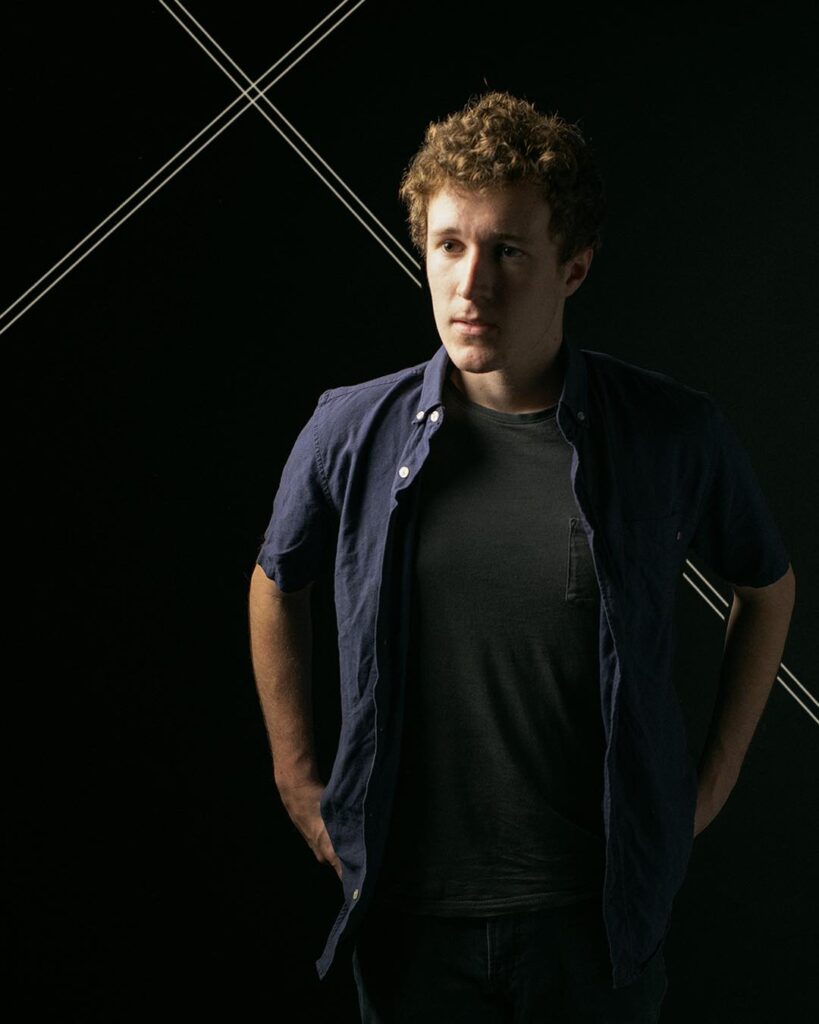
‘The Bluff’ // The Drawer Productions and Fringe Brisbane
‘The Bluff’ was confusing.
‘The Bluff’ marks The Drawer Productions first traditional stage show. The premiere performance, of the work by Ada Lukin, took place as part of the Brisbane Fringe Festival.
The 60-minute play is set in the Australian seaside town of Inverloch. The residents live in a routine monotony until the pillar of the community goes missing. The town rally together to find him and, in doing so, unearth the dark shadows that so often lurk behind a cheery façade. The work is listed as an Australian Gothic play, however the play felt more like a modern-day drama.
Lighting design by Nathaniel Knight enabled the rather static set to transform into the various locations of the plot and assisted with scene transitions. His use of red lighting to elicit a threatening feeling from the audience complemented the storyline well.
Soundscape by Ben Lynskey and Rosemary Richardson was novel. In one scene, the sound effects allowed the audience to hear inside the main character’s mind, when her world was beginning to fall apart. Given the play is set in a seaside town, it would have been effective to use the sounds of crashing waves and seabirds to underscore the play and bring greater atmosphere to the show.
Set design by Ada Lukin was minimal. The shape-shifting set pieces that transformed to create charity shop hangers, church pews and gravestones were clever and a reminder of how sets can be manipulated by the cast and incorporated into blocking.
Director Oscar O’Brien wanted the world he created on stage to stick with audiences after the final bows. He embraced that the play ends without a strong resolve and attempted to revel in that fact. The choice to have most of the actors play two roles was brave, however, at times made the intentional vagueness of the storyline more difficult to follow.
Paul Adams played both Matthew and the Priest. His characterisation of two vastly different characters, one a drunk and the other righteous, was well portrayed.
Tom Pocilujko also did well in his portrayal of both John, the fitness mad teenager, and Ray, Ester’s husband, though the roles are vastly different in age. Having two separate men play these roles would have clarified the relationship dynamics of the play.
Ester and Lady 1 were played by Sandra Harman. Her use of different voices and accents to distinguish the characters was effective, as her costumes did not help to differentiate the two women. The monologue she delivered towards the end of the play was possibly the most powerful moment of the show.
Pip Boyce played Mary, the protagonist of the story. Her embodiment of the character was notable and the inner turmoil she was experiencing throughout the play was evident.
Overall, ‘The Bluff’ is a play that tackles with what lurks behind the façade of a sleepy neighbourhood and examines how people transform in the face of a tragedy. The director wanted to play into the open-endedness of the work, though at times the plotline was confusing and the audience left with perhaps too many questions. It would be interesting to see whether a darker take on this play could achieve the Australian Gothic genre the playwright was aiming for.
For more information visit The Bluff (Performance postponed – announcement coming soon) – Fringe Brisbane
Photos by @trolleyfox_









